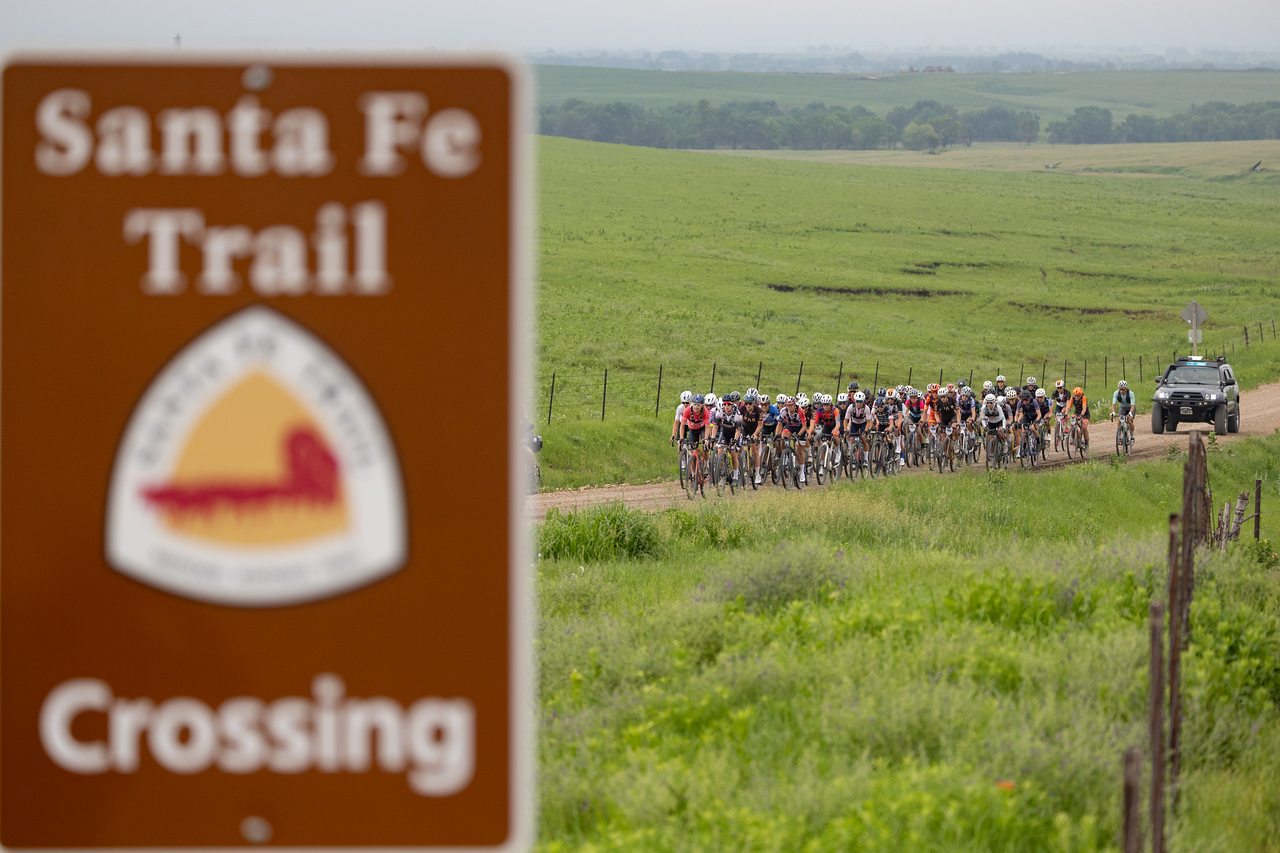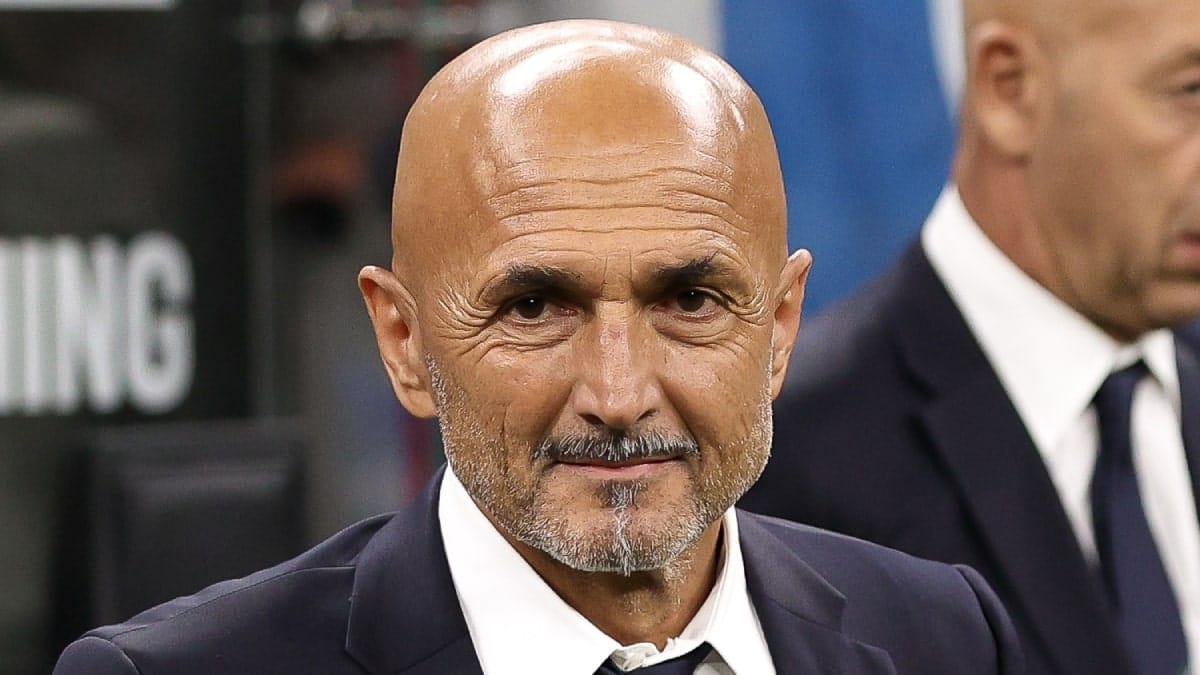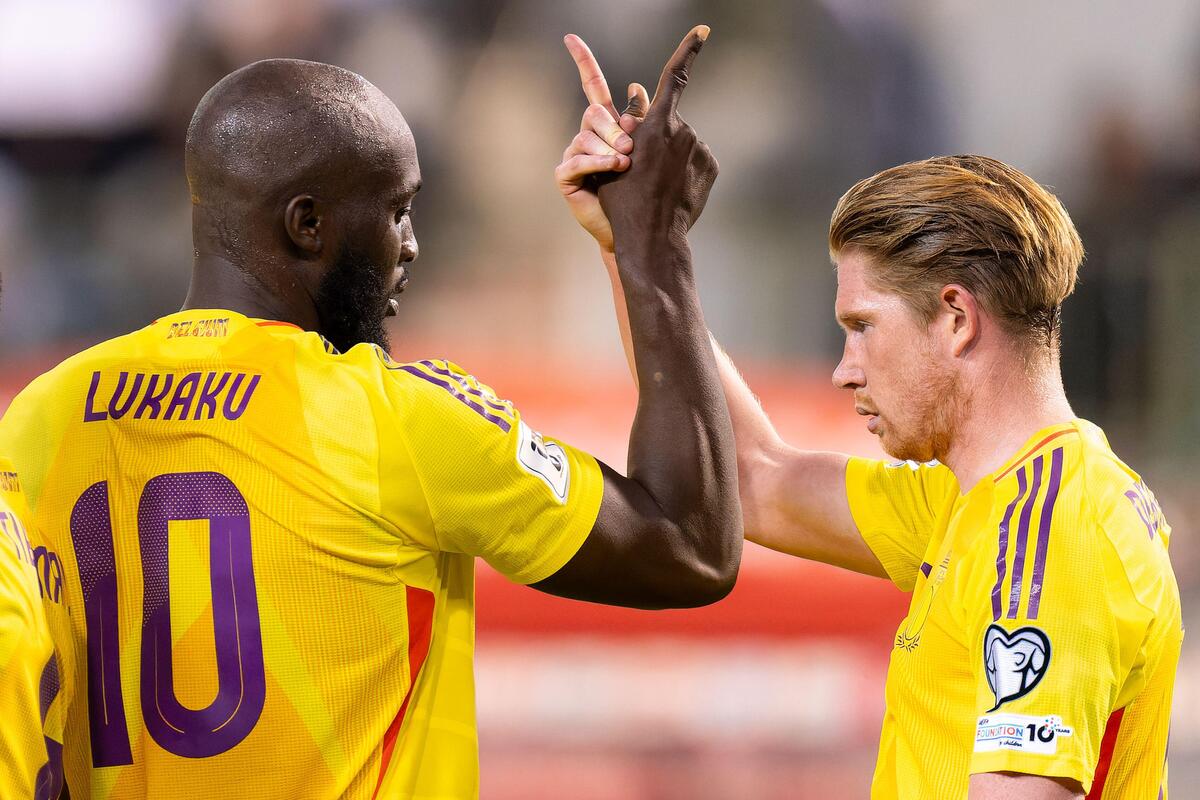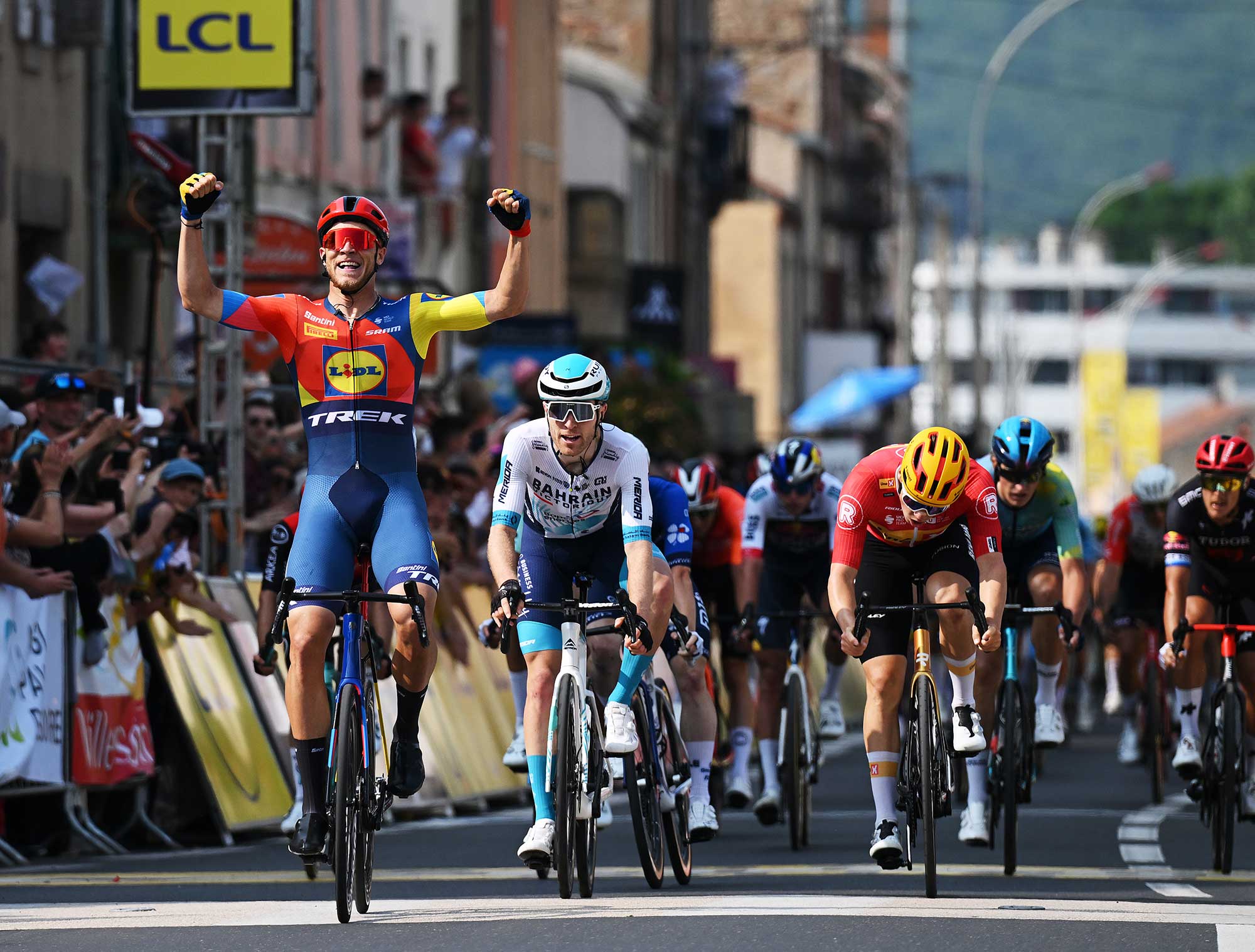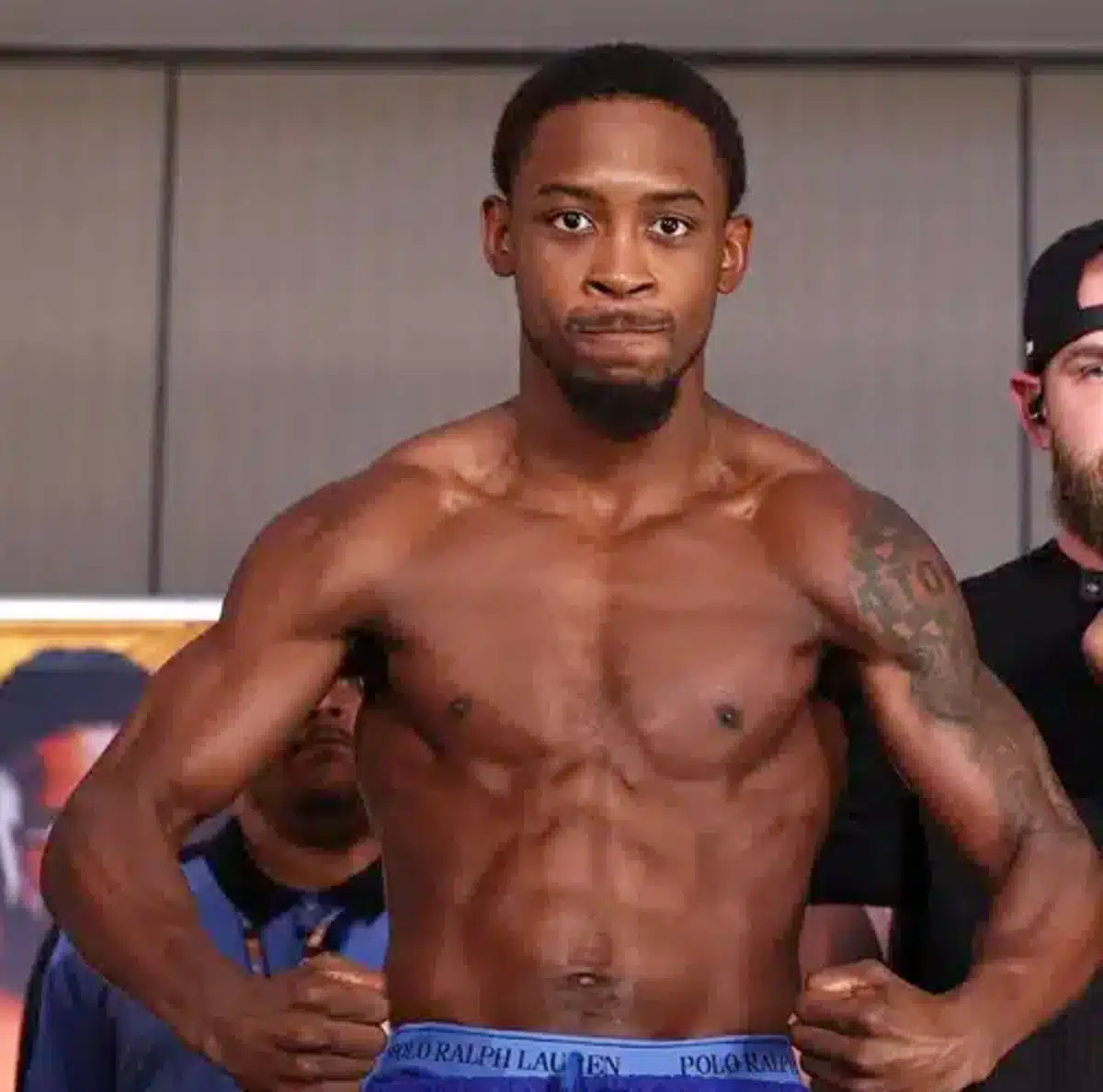;)
Rory McIlroy finally got to slip on a green jacket in April.
Getty Images
Sundays at majors are like title fights without the obvious blood. Now and again, the champ ducks under the ropes unscratched — Tyson over Spinks in 91 seconds, that sort of thing. Converting such lopsidedness to golf: Tiger, at the 2000 U.S. Open at Pebble, at age 24, when he won by 15; Rory, at the 2011 Open at Congressional, newly 22 and winning by eight. (They were both too young to appreciate how hard it all is.) More often, though, by the final bell of a golf championship, there will be blood. If you’re contending, you’re gonna get hit. If you win, you’re gonna clock somebody. Some of the hits might be self-inflicted. Golf is weird that way. For everybody but the winner, Sunday’s pain can be chronic.
These acts of violence are in plain view, through screens, over rope lines, inside them. Players, caddies, broadcasters, fans — everybody’s staring when a contending golfer collapses to the ground, in spirit if not in fact. You can almost hear Howard Cosell: Down goes _____! Rory McIlroy has filled that blank often. The round-shouldered Irishman, now 36, has endured all manner of fourth-round trauma, including four seconds in majors. More than once we’ve wondered: Can he get off the mat again?
Next month at Oakmont, McIlroy will get his 14th chance to win his second U.S. Open. You’re tempted to say he’s playing with house money, now that he has the career professional Grand Slam. Nope. The pain that visited him a year ago, in a Pinehurst steam bath, didn’t just evaporate over the past 12 months, despite his grand successes since then. That’s not how it works. Ouija in Arnold to your next séance and he’ll tell ya. He’ll start with Oakmont ’62 and from there he’ll be off to the races. Late in life, Palmer was still talking about Winged Foot ’74. Conjure his foghorn voice: Could have won, with even par on Sunday. The shelf life of almost at a major is forever.
Do you think Jordan Spieth has buried the quadruple bogey he made on 12 on Sunday at the 2016 Masters? There’s no way. How about the Sunday 80 McIlroy shot at Augusta in 2011? Uh-uh. Both were in the last twosome of those gruesome finales. And how about Phil Mickelson, with his five second-place U.S. Open finishes? There’s no unforgetting lost chances, in any aspect of life. McIlroy says he has a short memory. A convenient thing to say, anyway.
Last year in the finale at Pinehurst, as he stood on the tee of the par-3 15th hole, McIlroy was eight under par and leading. If he could play the final four holes in even par, he would likely win his first major in close to a decade. The bogey on the 72nd hole was like an electric shock. (Within 15 minutes, he knew: He had finished a shot out of first.) So was the bogey he made on 16, when he missed a 30-inch par putt. But the unraveling actually began on the par-3 15th, when his tee shot went long and he got on the bogey train. Wrong club, wrong shot, wrong time.
It happens. Golf’s hard. Sometimes a bogey is just a bogey, not so bad, all things considered. Sometimes a bogey is a slap across the face, a wake-up call. This bogey on 15 was neither. It was the loose thread on your wedding-day suit that, inexplicably, you start pulling and can’t stop.
McIlroy split the scene on that muggy Sunday night without shaking hands with the winner (LIV Crushers frontman Bryson DeChambeau) or talking to reporters. Bad form. But who among us always gets it right? Nobody. Rory McIlroy, to use a phrase he sometimes uses, lost the head. He was gone, in every way. You couldn’t not wonder: Was he done too?
;)
Getty Images
OR MAYBE YOU WERE ALREADY WONDERING that on Father’s Day 2023, when McIlroy finished a shot behind Wyndham Clark at the U.S. Open at the Los Angeles Country Club? Or in July 2022, when McIlroy looked, well into Sunday afternoon, like he would join Tiger and Nicklaus as a winner of a British Open on the Old Course. Then came Cameron Smith. He 30-ed his way home on the inward nine and landed at the wild party where they hand out the old jug. Rory’s wife and daughter and parents were watching the finale from their rooms at the Rusacks Hotel, right on the 18th hole. That had to hurt, all the way around.
And yet, and yet: By various credible, close-to-the-man accounts, Rory McIlroy his own self never lost faith. This is what he said in Los Angeles on Wyndham Clark Night: “I would go through a hundred Sundays like this to get my hands on another major championship.” He backed those words with deeds. More time working with psychologists, putting coaches, swing instructors, clubfitters, fitness experts, number crunchers. More reading of Ryan Holiday (The Obstacle Is the Way). More man-in-the-arena discussions with Tom Brady. Useful! When Justin Rose stood over a 20-foot birdie putt on the first playoff hole at the Masters in April, McIlroy had one thought above all others: He’s going to make it. The full transcript: Rosie makes, I make, we go back to 18 tee. Only one of those predictions came to pass. Rose missed, Rory made a downhill, sidehill slice putt from a yard, the drought was over. McIlroy fell to the canvas, this time as the champ. He was now the sixth man to win the career professional Grand Slam. How is it possible that the modern golf pant is impervious to grass stains? The game’s emotions endure.
Four of the six gents, as young men, could have passed for jockeys, at least on Halloween: Sarazen, Hogan, Player, McIlroy. But a golf ball doesn’t care about your dimensions. Ian Woosnam’s childhood nemesis was Sandy Lyle, taller than he by nearly a foot. As a lad, Woosie would say, “I’ll get you one day, Sandy Lyle!” Today they are both members of the World Golf Hall of Fame. Woosnam’s father, by the way, was a boxer. Rory McIlroy, in his tale-of-the-tape, claims his height at five foot nine. Well, it’s his scorecards that need to be correct.
GERRY McILROY, RORY’S FATHER, was a competitive amateur golfer in County Down in Northern Ireland and a scratch player at Holywood Golf Club, a course for working families near Belfast, built on a hillside, with a public trail above it called Nuns Walk. David Feherty will tell you that as a lad of six, Rory McIlroy had the same swing he has today, a swing that brings to mind, he said recently, “snow falling off a branch.” The future Ryder Cupper worked at Holywood GC as an apprentice pro. He knew Gerry long before Rory did. Feherty, Rory, Graeme McDowell, Darren Clarke, Padraig Harrington, Shane Lowry. The Irish do golf well, always have.
This next part can’t be said enough when taking stock of Rory’s life and times. Rory’s mother, Rosie, worked overnight assembly-line shifts at a 3M plant, and Rory’s father held down two jobs, tending bar and cleaning locker rooms, to support their only child’s junior golf. Rory was hardwired to keep fighting, for himself, of course, but also to honor his parents and their sacrifice. They worked so Rory could play.
McIlroy made his first trip to the United States as a pro golfer at 19, in the winter of 2009. That’s when I first met him, writing him up for Sports Illustrated. His intelligence was obvious. I was told he had scored north of 1300 on the SAT, without the benefit of a Stanley Kaplan prep class; his knowledge of Tiger’s career was encyclopedic. He was well traveled and had been to India, China, all over Europe and the British Isles and, as an amateur, “America.” He was also appealingly playful. Father and son had this exchange, as they hit balls at the Titleist Performance Center in Southern California, with every TPI toy at their disposal.
“What are you playing?” Rory asked.
“Titleist,” Gerry said.
“Yeah?” Rory said. “I wouldn’t think you’re playing TaylorMade.”
Later we ate at picnic tables and had brown-bag lunches.
As a pro and a millionaire, Rory has been drawn to the shiny things, to heavy watches, sleek cars, good wine lists, luxurious homes, elite golf clubs. He’s a mogul-in-training with deals with Nike, Omega, Workday … and TaylorMade. He’s the co-owner of the Boston TGL team, a charter team in the indoor made-for-TV nighttime golf league. He counts the principals of Fenway Sports Group, owners of the Boston Red Sox and the Liverpool Football Club, as friends and business partners. He could have gone LIV but didn’t. (“Any decision that you make in your life that’s purely for money usually doesn’t end up going the right way,” he said early on.) Sparkly new PGA Tour funny money has made it worth McIlroy’s while to stay put, but he’s been flush for a long while now.
Some years ago, when McIlroy bought a jet and hired two pilots to fly it, I asked him if that could distract him, knowing that people were waiting on him. His boyhood teacher, Michael Bannon from the Bangor Golf Club, was traveling with him regularly at this point too.
“What do you mean?” Rory said. He has the curious gene.
“Well, here you are on the range, but in the back of your mind you might be thinking, The flight crew must be wondering when I’ll finish.” Something along those lines.
“Oh,” Rory said, now getting it. “No.”
Don’t read too much into this whole show-me-the-bling section. More than once, I’ve seen McIlroy, early for a dinner or for a meeting in a hotel lobby, wearing jeans and a T-shirt, reading glasses on, a book in his lap. That, surely, is the real him too. You can imagine him on a college campus, too, as the perennial grad student.
He has spent a quarter century or more making a study of Tiger Woods. He once described an iconic Sports Illustrated cover photo of Tiger this way: “He looks like a man in complete control of his world. It depicts very well the solitary pursuit golf sometimes is.” Of Tiger’s 15 major titles, McIlroy was on hand for only one of them, the 2019 Masters. That win had two significant stepping-stone successes: Woods’ second-place finish at the Valspar in Tampa in March of 2018, and his win at East Lake at the Tour Championship a half year later. McIlroy played with Tiger that Sunday, and he saw Woods at his mechanical, ruthless best. For a while, afterward, Rory tried to emulate that style of golf, before realizing he didn’t have it in him. His golf is more emotional, more erratic — and more delightful. McIlroy had won his fourth major when he was 25. For a while, he was golf’s next Tiger. Then he spent a decade proving he wasn’t.
“I wouldn’t want to trade places with him,” Rory told me in August 2019. We were in the locker room at Medinah on a Sunday night. There was nobody around. Rory was 30, and he had not won a major in five years. “I can walk into Whole Foods, get some groceries, be a normal guy. He can’t.” His admiration for Woods, as golfer and evolving man, was obvious. That didn’t mean he wanted to be him. Golf at every level will teach you things about yourself that few things will. At 10 and 20, Rory wanted Tiger’s life. At 30, he did not. Golf will grow you up. It grew up Rory McIlroy.
;)
PA Images via Getty Images
THAT WINTER DAY IN 2009 at the TPI compound, 19-year-old Rory McIlroy talked about the heaving poverty he had seen in India. At the dawn of the pandemic and in its chaos, McIlroy said, “It’s going to get worse before it gets better.” When he made a double bogey on the first hole of the last round of this year’s Masters, he said later that he felt a “calm” wash over him. The boxers know all about that. They get in the ring, the fight begins in a mad rush, and they can barely see straight, barely breathe, they are so overwhelmed by their own adrenaline. And then they get hit and time slows immediately, and suddenly they can see everything. They have their bearings back. They’re back on earth again. The ring is some arena. The golf course too. Golf is the most earthbound of sports.
After the Masters, I asked various people about Rory’s return to the winner’s circle, in major championship golf. I asked people who knew him, and people who had watched him all his professional life. The most perplexing answer I got was from my pal J.B. Brown, a retired Detroit autoworker in his late 70s, a man loaded with insight and game. He’s a two-time winner of the Detroit Open, in its senior division.
“It was destiny,” J.B. said.
“Do you mean that in a spiritual sense, in a religious sense?”
“Yes, no — it don’t matter,” J.B. said. “The thing is, Rory knew. He knew he was gonna win that Masters. Sooner or later, he was gonna get that career Grand Slam.”
It brought to mind something Bob Dylan once said, in an interview with Ed Bradley on 60 Minutes two decades ago. Dylan told Bradley he was destined to write the songs he wrote and lead the life he led. Bradley asked him to define destiny.
“It’s a feeling you have that you know something about yourself nobody else does,” Dylan said, laconic and calm. “That the picture you have of yourself, in your own mind, will come true. It’s the kind of thing you have to keep to your own self. Because it’s a fragile feeling. And if you put it out there, then somebody will kill it. It’s best to keep that all inside.”
Rory had tried to do that last part, the keep it inside part, for years, with limited success. Tiger is like Dylan, not a talker. Rory is more like Bruce Springsteen. He likes to share his thoughts, his story.
After Rory McIlroy completed the career Grand Slam, he talked to a roomful of reporters. He was sitting in a greenbacked swivel chair, wearing his new sport coat and a Cheshirecat smile. “I’d like to start this press conference with a question myself,” he said. The childhood brogue is still there, but fainter now. “What are we all going to talk about next year?”
At Medinah, on that August afternoon in 2019, McIlroy sat on a bench, exhausted from a long, hot week. His hat was high on his head, like a Little Leaguer, and he talked about Tiger, himself and some other things. He quoted Emily Dickinson:
We never know how high we are
Till we are called to rise
I told Rory that earlier that year I had asked his father if he wanted to join me for a round at a public course, the muni in North Palm Beach, near Gerry’s winter home in South Florida. Gerry said he’d rather play Seminole, the elite club with a sparkling Donald Ross course where he was a new member.
“The problem with my father,” Rory said, smiling, “is that he’s spoiled.”
Well, the father’s work was done by then, the heavy lifting, anyway. He had raised a boy into manhood. Rory’s golf was his golf, and the rest was the rest.
;)
Michael Bamberger
Golf.com Contributor
Michael Bamberger writes for GOLF Magazine and GOLF.com. Before that, he spent nearly 23 years as senior writer for Sports Illustrated. After college, he worked as a newspaper reporter, first for the (Martha’s) Vineyard Gazette, later for The Philadelphia Inquirer. He has written a variety of books about golf and other subjects, the most recent of which is The Second Life of Tiger Woods. His magazine work has been featured in multiple editions of The Best American Sports Writing. He holds a U.S. patent on The E-Club, a utility golf club. In 2016, he was given the Donald Ross Award by the American Society of Golf Course Architects, the organization’s highest honor.







